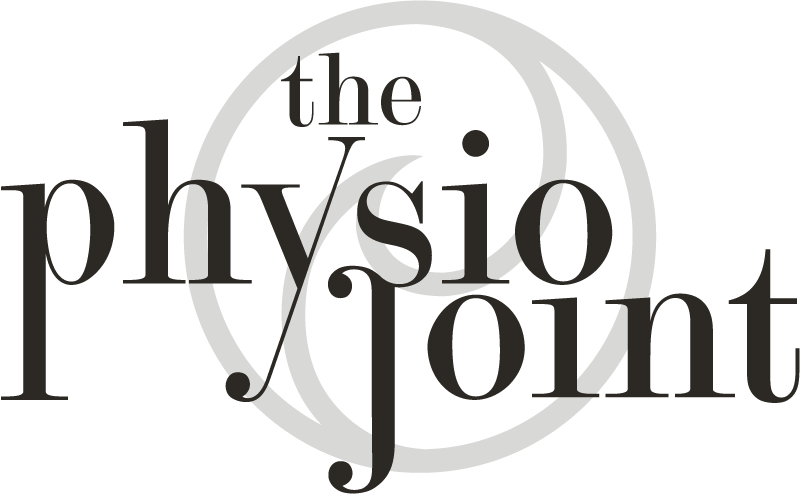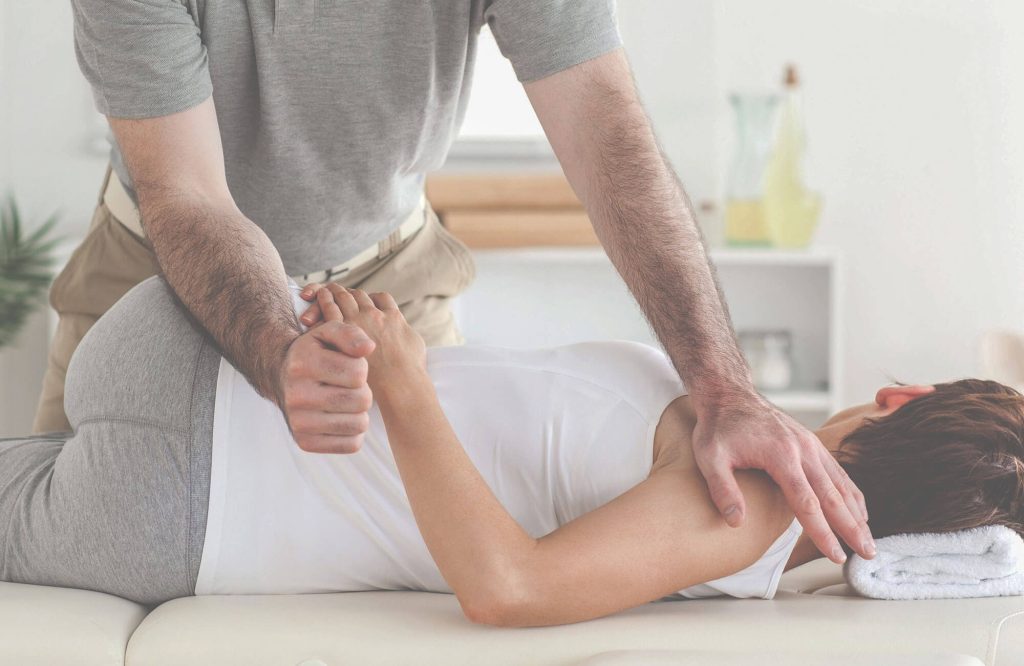A large majority of the patients we see come in with aches and pains that have started for no apparent reason. Other cohorts of patients come in after injuring themselves attempting a task they have done multiple to hundreds of times before.
Patients come in perplexed as to how their pain can start with something that seems so innocuous. The likely cause is related to the postures you adopt and the activities you do repeatedly every day.
Our spines and many of our joints get a lot of forward bending in our daily lives. The technical word for forward bending is ‘flexion’.
Our lower backs are exposed to excessive and sustained periods of flexion when we;
- sit and slouch for extended periods of time
- bend over to pick something up or
- work at levels lower than our waist
Our neck gets flexion when we;
- slouch and sit for extended periods
- look down at our phones for extended periods of time
- when we read a book below our eye level and
- when we work on laptop computers at desk level
The opposite of flexion is ‘extension’. This movement occurs when we bend backwards the opposite way.
It is not very often that we move in the direction of extension and when we do, it certainly doesn’t consume as much of our day as flexion does. In fact, the normal movement of extension is often called hyper-extension, reflecting the idea that this movement is somehow abnormal. But, extension movements are NOT abnormal. We just don’t do them very often, certainly not as often as we did when we were kids.
Research clearly tells us that the loss of extension movements is a critical factor in the production of neck or back pain.
So, when you come into The Physio Joint with an injury that has begun for no reason, we will likely be looking to reverse the movements of your spine away from the positions and directions of flexion which typically gradually builds up stiffness in your spinal joints and eventually causes pain.
We will likely prescribe you exercises that move you into extension, such as chin tucks (as seen in previous blogs Ben’s Blog: Learning the Chin Tuck and Let’s Talk Shoulder Blade Pain) backward arches of the lower back depending on where your pain is. This is done to challenge the joints into the direction of extension and out of the flexed stiff positions that would have accrued over time.
The research shows that if we can reinstate a spinal joint back to its full range of motion, then we can be very confident that your pain will improve significantly too.
A common question I am asked is: “What can I do to prevent this from happening again?” The answer is quite simple. It often involves maintaining full extension movement by checking that you don’t ever lose the new movement that we have given you.
Sometimes, this requires assistance from us to maintain this range of movement (like a dentist helps you keep your teeth clean by scraping in the nooks and crannies where your self-management can’t reach). But, this is only required sporadically in the form of check-ups. Most of the time, these movements need to be performed a couple times per day or even a couple times per week to provide balance between the amount of spinal flexion compared with extension you get in your life.
We will also give you advice on posture and ways to minimise sustained flexion to further help you in the future. This makes you self-sufficient, because you can be in control of your own body with reasonable simple self-management skills that will steer you well towards a healthy and pain-free life.





